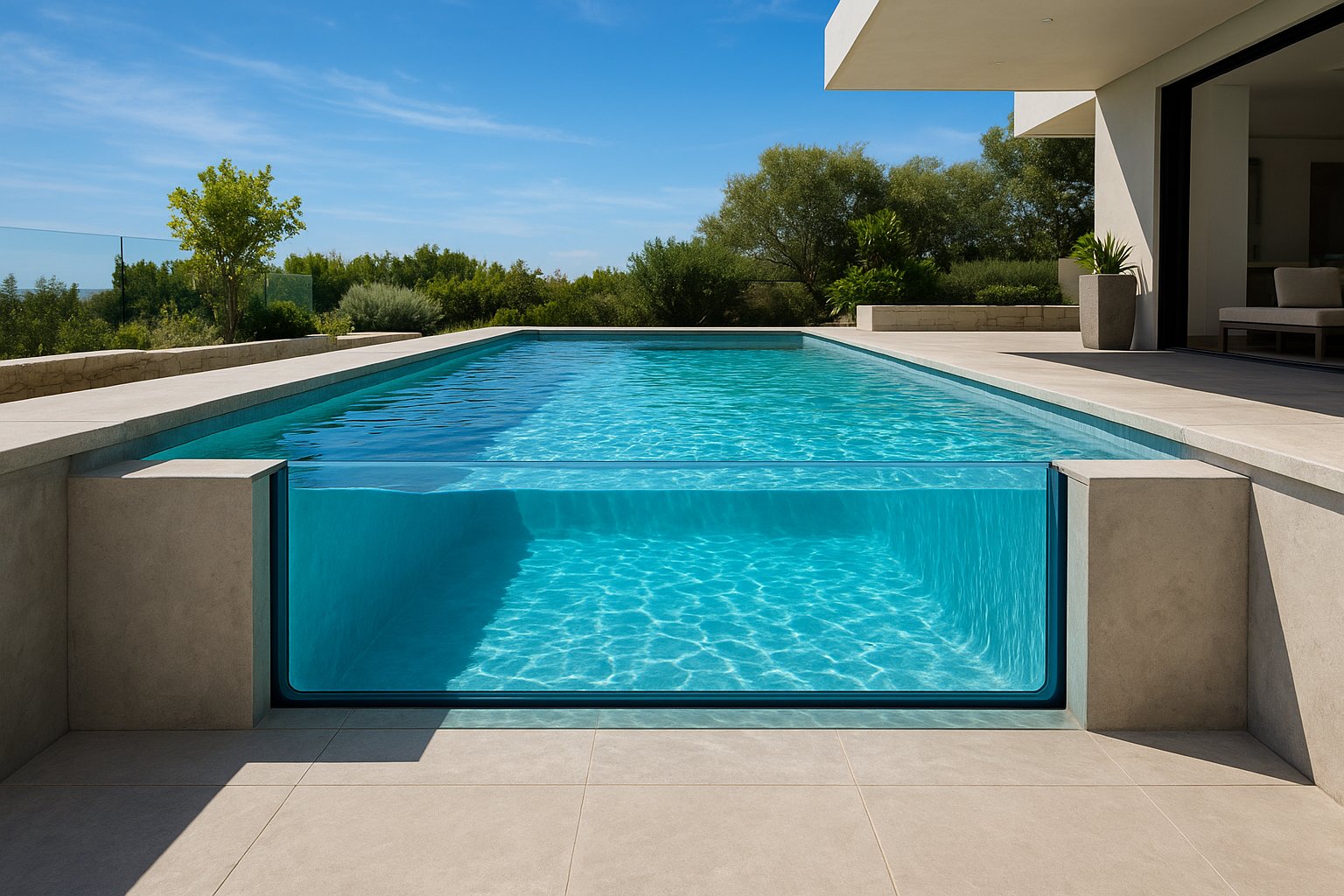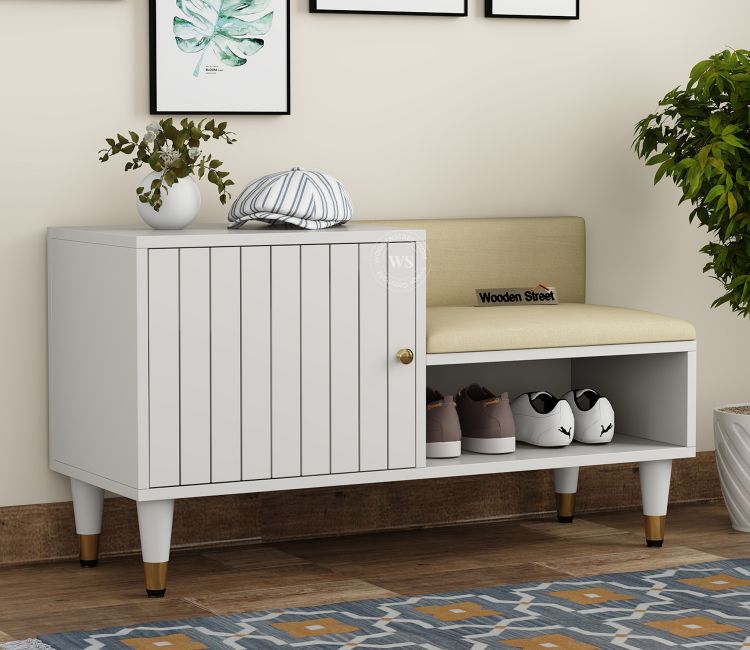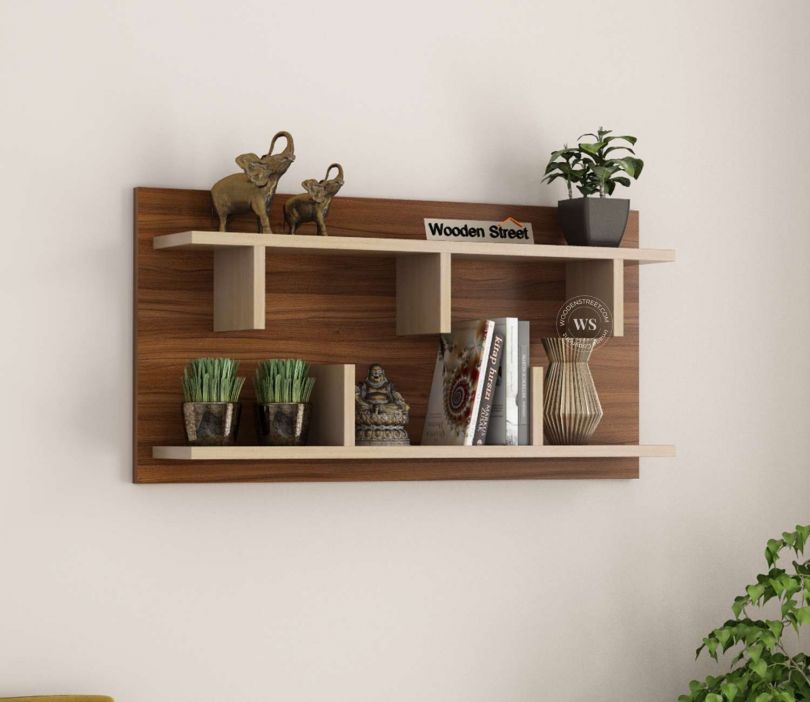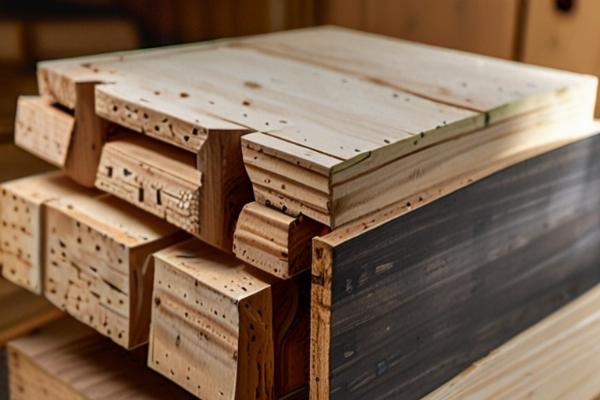The Ultimate Guide to Acrylic Pool Windows in Las Vegas: From Dream Design to Flawless Reality

Strong 8k brings an ultra-HD IPTV experience to your living room and your pocket.
In the dazzling landscape of Las Vegas, where luxury and spectacle are a part of daily life, a standard swimming pool just doesn't always cut it. A pool is your personal retreat from the desert heat, the centerpiece of your backyard entertainment, and a reflection of your style. For homeowners seeking the pinnacle of aquatic design, acrylic pool windows offer an unparalleled experience—a breathtaking, seamless view into the underwater world that transforms a simple pool into a mesmerizing architectural feature.
But this slice of paradise comes with a caveat. The unique challenges of the Las Vegas environment, combined with the technical demands of underwater panels, mean that a small oversight can lead to significant pool issues. This comprehensive guide will walk you through everything you need to know, from the science behind the material to avoiding the common pool mistakes that can shatter your dream.
Why Acrylic? The Science of Uninterrupted Views
Before diving into the common pitfalls, it's essential to understand why acrylic is the material of choice for these stunning installations. We're not talking about the flimsy plastic you might find in household items. Pool windows use high-grade, cell-cast acrylic, a material with remarkable properties.
Superior Optical Clarity: Cell-cast acrylic is more transparent than glass, boasting a light transmittance of 92%. It provides a crystal-clear, distortion-free view without the green tint often associated with thick glass panels.
Incredible Strength and Impact Resistance: While it looks delicate, acrylic is 17 times more impact-resistant than glass of the same thickness. It is engineered to withstand the immense, constant hydrostatic pressure exerted by thousands of gallons of water. Its inherent flexibility allows it to "give" under pressure where glass would shatter.
Design Versatility: Unlike glass, which is rigid and difficult to form, acrylic can be thermoformed into virtually any shape. This opens up a world of design possibilities, from gentle curves to entire transparent walls, infinity edges, and even see-through floors for the ultimate "wow" factor.
Thermal Insulation: Acrylic is a better insulator than glass, which can help in maintaining a more stable pool temperature—a notable benefit in a climate with extreme temperature swings like Las Vegas.
The Anatomy of a Flawless Installation
Understanding the complexity of the installation process underscores why professionalism is non-negotiable. It's a multi-stage process where precision is paramount.
Structural Engineering: This is the foundation. Engineers calculate the immense water pressure (, where is water density, is gravity, and is depth) to determine the precise thickness required for the acrylic panel. They also design the concrete rebate (the slot where the window sits) to support the panel correctly.
Rebate Construction: The pool shell is constructed with a perfectly smooth and dimensionally accurate rebate. Any imperfection here can create stress points on the acrylic panel.
Waterproofing: Multiple layers of specialized waterproofing membranes are applied to the rebate to create a fail-safe barrier against leaks.
Panel Setting: The massive acrylic panel is carefully craned into place, set on specialized setting blocks within the rebate. This ensures the weight is distributed evenly and allows for thermal expansion.
Sealing: A high-performance, multi-component sealant, chosen specifically for underwater use and its ability to handle UV exposure and thermal movement, is expertly applied to create a durable, watertight seal.
Common (and Costly) Mistakes with Acrylic Pool Windows
The path to a perfect acrylic pool window is fraught with potential missteps. Being aware of these common pool mistakes is the first step in avoiding them.
Mistake #1: The "Bargain" Builder
Hiring a general pool builder without specific, proven experience in acrylic installations is the number one risk.
The Consequences: An inexperienced builder might create an imperfect rebate, use substandard waterproofing, or mishandle the expensive panel. The result is almost always leaks, which can be incredibly difficult and costly to fix once the pool is filled and landscaping is complete. In the worst-case scenario, it can lead to catastrophic panel failure.
The Solution: Partner with a specialized firm that focuses on acrylic pool windows. Ask potential installers for a portfolio of their acrylic projects, engineering specifications from past jobs, and references you can speak with. Do not compromise on expertise.
Mistake #2: Skimping on Materials
The allure of a lower price tag can lead to compromises on the quality of the acrylic or, just as importantly, the sealants.
The Consequences: Low-grade acrylic can yellow or become hazy under the relentless Las Vegas sun. Inferior sealants will break down, lose their elasticity, and fail, causing persistent leaks.
The Solution: Insist on premium, cell-cast acrylic from a reputable manufacturer. Ensure your installer uses a top-tier, UV-stable, and chemically-resistant sealant system designed for permanent submersion. The material cost is a small part of the overall investment; it's not the place to cut corners.
Mistake #3: Ignoring the Desert Climate
Las Vegas isn't just hot; it's a place of extremes. The temperature difference between a sun-baked pool deck and the cool pool water, and between day and night, causes constant material movement.
The Consequences: If the system is not designed to accommodate thermal expansion and contraction, the immense stress will be transferred to the seals. This constant pushing and pulling will inevitably cause the seals to fail.
The Solution: The engineering and installation must explicitly account for thermal movement. This involves using the right setting blocks and applying a sealant that remains flexible across a wide temperature range.
Mistake #4: Improper Care and Maintenance
Once your beautiful window is installed, you need to care for it correctly.
The Consequences: Using a standard pool brush, abrasive sponge, or household cleaners like Windex on the acrylic will create a network of fine scratches, clouding the view. Unbalanced pool chemistry, particularly high levels of chlorine or bromine, can chemically attack the acrylic surface over time, leading to a condition called "crazing."
The Solution: Clean your window only with a soft microfiber cloth. For stubborn algae, use a plastic scraper gently. Always maintain balanced water chemistry. Think of it as a high-performance car—it requires specific care to stay in pristine condition.
Beyond the Window: Creative Acrylic Applications
Acrylic Infinity Edges: Create the stunning illusion of water vanishing into the horizon by using an acrylic panel for the "negative edge" wall.
Transparent Pool Walls: Enclose one or more sides of your pool in acrylic for a dramatic, aquarium-like effect that connects the pool to your patio or even an interior room.
See-Through Floors: For the ultimate architectural statement, install an acrylic floor in an elevated pool or spa, offering a view of the space or landscape below.
Submerged Spa Walls: Create a seamless transition by having a raised spa spill over an acrylic wall into the main pool.
Frequently Asked Questions (FAQ)
Q: How thick does my acrylic pool window need to be?
A: This is not a one-size-fits-all answer. The thickness is determined by a structural engineer and depends on the window's size and the water depth. It can range from 2 inches to over 12 inches for very large or deep applications.
Q: Will the acrylic panel turn yellow in the Las Vegas sun?
A: High-quality, cell-cast acrylic has powerful UV inhibitors integrated into its structure. When you invest in a premium product, it is engineered to resist yellowing and remain crystal clear for decades, even in intense sunlight.
Q: Can an acrylic window be installed in my existing pool?
A: Yes, it is possible to retrofit an acrylic window into an existing concrete pool. However, it is a complex and invasive process that involves cutting the concrete shell, forming a new rebate, and extensive waterproofing. It should only be attempted by highly experienced professionals.
Q: How long do acrylic pool windows and their seals last?
A: The acrylic panel itself can last indefinitely if cared for properly. The high-performance sealants used today have a design life of 20-30 years, after which they may need to be professionally replaced.
Q: What happens if my window gets scratched?
A: Minor surface scratches are almost inevitable over the life of a pool. Fortunately, unlike glass, acrylic can be restored. Professionals can polish and buff the surface, even underwater, to remove scratches and restore its original clarity.
Q: Is acrylic safer than glass for a pool?
A: Absolutely. Acrylic's high impact resistance makes it far less prone to catastrophic failure. If it were to fail under unimaginable stress, it would typically crack and leak slowly, whereas glass can shatter instantly into dangerous shards.
Your Window to a Perfect Las Vegas Oasis
An acrylic pool window is more than just a building material; it's an investment in a lifestyle of luxury, beauty, and wonder. By understanding the technology, respecting the process, and avoiding common pool issues, you can ensure this stunning feature provides a clear view of your backyard paradise for years to come. In a city built on spectacular visions, make sure your pool is one of them by partnering with professionals who can turn your dream into a flawless, enduring reality.
Note: IndiBlogHub features both user-submitted and editorial content. We do not verify third-party contributions. Read our Disclaimer and Privacy Policyfor details.







